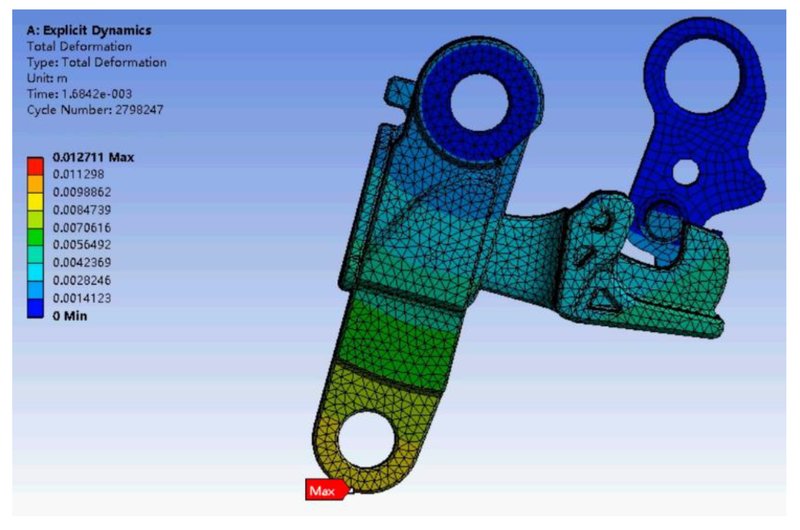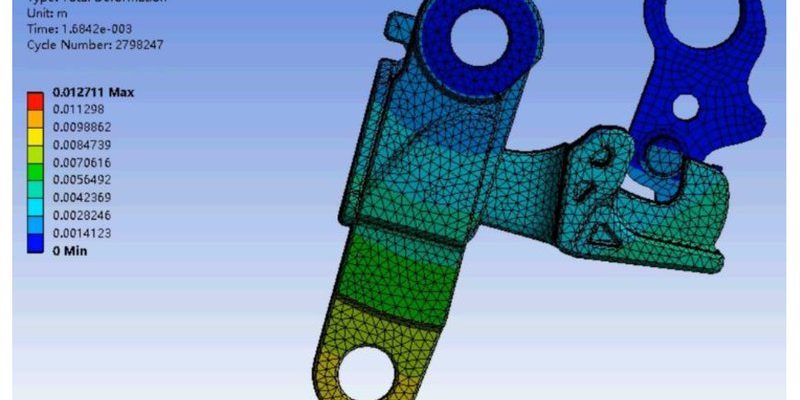
Let’s dive into the world of drive-in latches, especially focusing on popular brands like Schlage or Kwikset. The mechanics of these latches can be a bit daunting at first glance, but I promise it’s much simpler than it appears. Just like learning to ride a bike, once you grasp the basics, it becomes second nature.
What Is a Drive-In Latch?
A drive-in latch is a type of latch used primarily in residential doors. Unlike traditional latches that require separate strike plates, a drive-in latch is installed directly into the edge of the door. This makes for a clean, streamlined look. You might be wondering, why is this design so popular? Well, it allows for easier installation and offers a more aesthetic finish. Plus, they’re typically easier to use, which is a bonus.
When you install one, you’re essentially simplifying your door’s locking mechanism. Picture this: you’ve just finished a long day and want to close the door behind you quickly. A drive-in latch makes that happen with just a slight push, snapping into place without fuss. In essence, it’s built for convenience, making it a top choice for many.
Tools You’ll Need for Installation
Before you start, gather your tools. Having everything ready can make the process smoother. Here’s what you’ll need:
- Drill: For creating holes in the door.
- Chisel: To ensure a snug fit for the latch.
- Screwdriver: For fastening screws securely.
- Measuring Tape: To get accurate measurements.
- Pencil: For marking where to drill.
Having these tools handy will set you up for success. Honestly, the right tools can make all the difference in getting a professional result. If you’re missing something, take the time to get it. Trust me, you’ll thank yourself later when the installation goes smoothly.
Measuring and Marking the Door
Once you’ve got your tools, the next step is measuring and marking. Proper measurements are crucial to ensure that your drive-in latch aligns perfectly. Start by measuring the height where you want the latch installed. A common spot is about 36 inches from the floor. But remember, this can vary based on your door type and personal preference.
After you’ve pinpointed the right height, use your pencil to mark the location for the latch. If you’re unsure, you can always refer to the instructions that come with your specific latch. They usually provide guidance on the ideal positioning.
Also, don’t forget to check for any obstructions near the latch area. Ensure the latch won’t interfere with the door frame or any other hardware. A few extra moments of planning can save you time and headache later!
Drilling the Hole for the Latch
Now comes the fun part—drilling! Using your drill, create a hole where you marked the latch position. It’s important to choose the right drill bit size to match the latch specifications. If it’s too small, the latch won’t fit; too big, and it won’t hold securely.
Here’s the thing: while drilling, maintain a steady hand. If you wobble, you could create an uneven hole, resulting in a latch that’s misaligned. To ensure accuracy, consider using a drill guide if it’s your first time. It acts almost like training wheels—keeping you steady as you learn the ropes.
Once drilled, take your chisel and smooth out the edges. This ensures the latch fits snugly without any gaps, which could compromise its functionality.
Installing the Latch Into the Door
With the hole drilled, it’s time to actually install the latch. Insert the drive-in latch into the hole, making sure it aligns with the door edge. The latch should sit flush with the surface. If it doesn’t, you may need to adjust the depth of your hole a bit, which is easier now than after you’ve secured it.
Once in place, use your screwdriver to tighten any screws that come with the latch. This step is crucial; a loose latch means it won’t function properly, and you might face some frustration down the line. Think of it like tightening a bottle cap: you want it secure but not overly tight to the point where you can’t open it.
Testing the Latch
After installation, it’s time to put your work to the test. Close the door and gently push on it to see if the latch engages correctly. You should hear a satisfying click as it locks in place. If it’s not catching, don’t panic. Often, a simple adjustment can fix the issue.
If the latch feels stiff or doesn’t align, check your installation. Make sure everything is flush and tightened correctly. You might need to give it another twist or two with the screwdriver. It’s all about finding that sweet spot where the latch works smoothly.
Troubleshooting Common Issues
Let’s face it—sometimes things don’t go as planned. If you run into trouble, here are a few common issues and how to tackle them:
- Misalignment: If the latch doesn’t line up with the strike plate, try adjusting the location of the latch slightly.
- Stiff Movement: If the latch is hard to operate, check for any obstructions or debris that might have gotten into the mechanism.
- Poor Engagement: If it doesn’t catch, ensure the latch is fully inserted and secured.
Don’t hesitate to revisit the installation steps if problems arise. It happens to the best of us! The key is to stay patient and work through any hiccups until everything is functioning smoothly.
Final Thoughts on Drive-In Latch Installation
Installing a drive-in latch might seem overwhelming at first, but with a little patience and the right tools, you can do it! Remember, it’s all about precision and taking your time. When installed correctly, a drive-in latch provides convenience and security—keeping your door firmly closed and your home safe.
So, whether you’re tackling this project for the first time or just brushing up on your skills, I hope this guide made the process clearer. With your new knowledge, you’ll be ready to handle this and similar installations with confidence. Happy DIYing!
